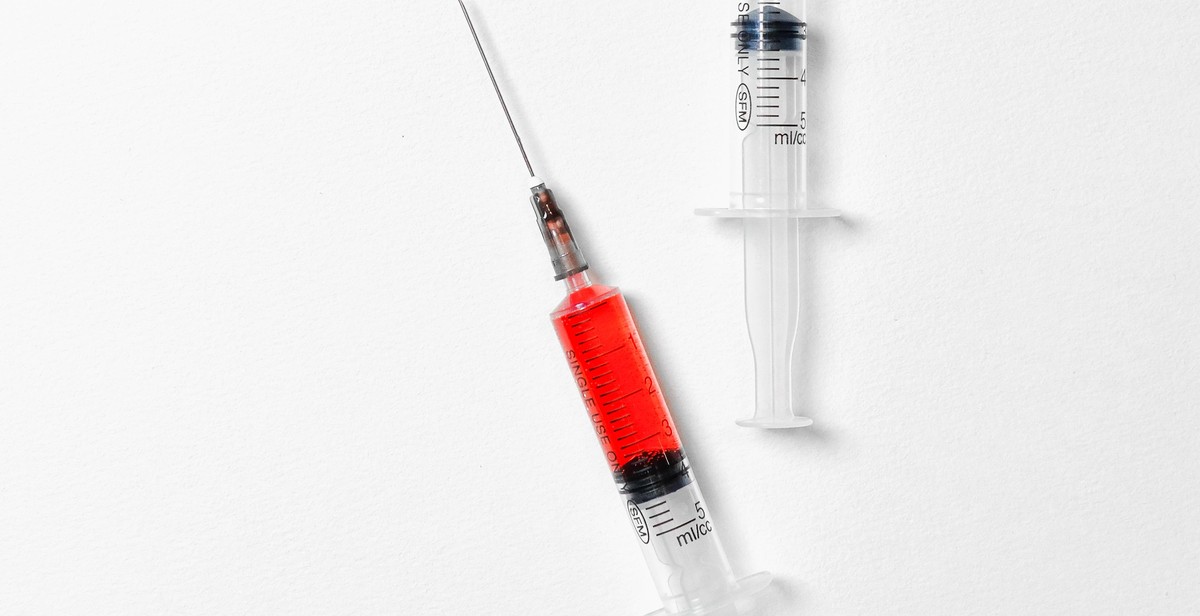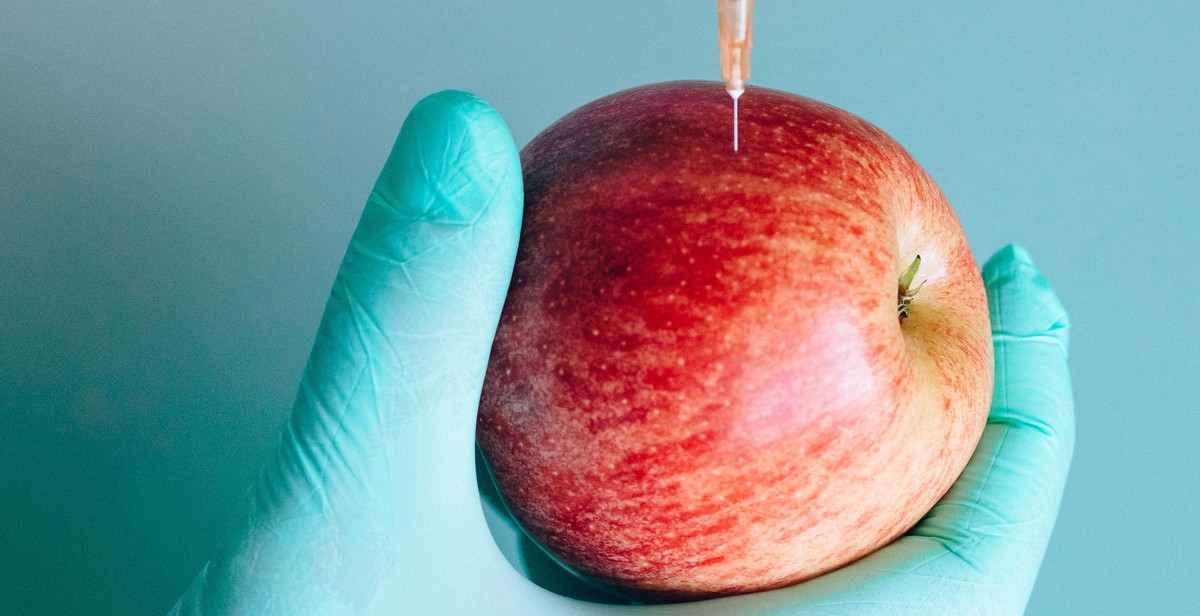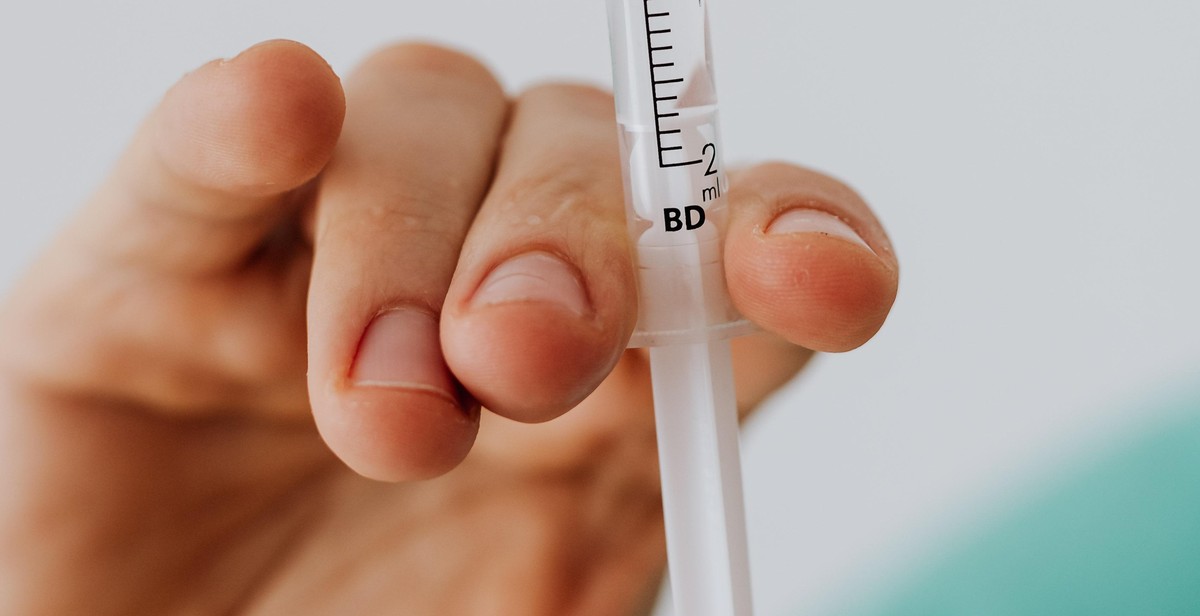How to Get Vaccinated: A Guide to the Vaccine Administration Process
As the world continues to battle the COVID-19 pandemic, getting vaccinated has become more important than ever. Vaccines are a crucial tool in preventing the spread of the virus and protecting ourselves and our loved ones from becoming seriously ill. However, navigating the vaccine administration process can be confusing and overwhelming, especially with the constantly changing guidelines and availability.
Why is it important to get vaccinated?
Vaccines are designed to stimulate the body’s immune system to recognize and fight off specific diseases. Getting vaccinated not only protects the person receiving the vaccine but also helps to create herd immunity, which occurs when a large portion of a community becomes immune to a disease, making it harder for the disease to spread to those who are not immune.
How can I get vaccinated?
The vaccine administration process varies depending on your location and eligibility. Generally, you can start by checking with your healthcare provider or local health department to see if you are eligible and to schedule an appointment. Many pharmacies and clinics are also offering vaccines, so be sure to check with them as well.
It is important to stay up-to-date on the latest guidelines and eligibility requirements, as they can change frequently. By staying informed and taking the necessary steps to get vaccinated, we can all do our part in ending the pandemic.

Understanding Vaccines
Vaccines are a crucial component of public health, providing immunity to diseases that can be deadly or cause long-term health problems. A vaccine is a biological preparation that stimulates the body’s immune system to recognize and fight off specific pathogens, such as viruses and bacteria.
What are Vaccines?
Vaccines contain small amounts of weakened or dead pathogens, or parts of the pathogen, that trigger an immune response in the body without causing disease. This response helps the body develop immunity to the disease, so that if the person is exposed to the pathogen again, their immune system can rapidly recognize and destroy it before it causes illness.
Vaccines are typically administered via injection, but some are given orally or nasally. They can be given to people of all ages, from infants to older adults, and are often recommended for those who are at higher risk of developing certain diseases.
How do Vaccines Work?
When a vaccine is administered, the immune system recognizes the pathogen and produces specific antibodies to fight it off. These antibodies remain in the body and can quickly recognize and attack the pathogen if it is encountered again in the future.
Vaccines also stimulate the production of memory cells, which “remember” the pathogen and can quickly produce more antibodies if the person is exposed to it again. This is what provides long-term immunity and protects against future infections.
Some vaccines require multiple doses to achieve full immunity, and booster shots may be needed to maintain protection over time. It is important to follow the recommended vaccine schedule to ensure maximum effectiveness.
Overall, vaccines are a safe and effective way to protect against diseases that can have serious health consequences. By getting vaccinated, individuals can not only protect themselves, but also contribute to herd immunity and help prevent the spread of disease in their communities.

Types of Vaccines
There are several types of vaccines available, each designed to protect against different diseases. Here are the most common types of vaccines:
Live Attenuated Vaccines
Live attenuated vaccines are made from weakened forms of the virus or bacteria that cause the disease. These vaccines are able to replicate in the body and stimulate a strong immune response, providing long-lasting protection. Examples of live attenuated vaccines include the measles, mumps, and rubella (MMR) vaccine, the varicella (chickenpox) vaccine, and the yellow fever vaccine.
Inactivated Vaccines
Inactivated vaccines are made from killed versions of the virus or bacteria that cause the disease. These vaccines are not able to replicate in the body, but they still stimulate an immune response. Examples of inactivated vaccines include the polio vaccine, the hepatitis A vaccine, and the rabies vaccine.
Subunit, Recombinant, Polysaccharide, and Conjugate Vaccines
Subunit, recombinant, polysaccharide, and conjugate vaccines are made from pieces of the virus or bacteria that cause the disease, rather than the whole organism. These vaccines are often used for diseases that are difficult to vaccinate against using live attenuated or inactivated vaccines. Examples of subunit, recombinant, polysaccharide, and conjugate vaccines include the human papillomavirus (HPV) vaccine, the pneumococcal vaccine, and the meningococcal vaccine.
mRNA Vaccines
mRNA vaccines are a new type of vaccine that use a small piece of genetic material from the virus that causes the disease. This genetic material instructs cells in the body to produce a protein that is found on the surface of the virus, which triggers an immune response. Examples of mRNA vaccines include the Pfizer-BioNTech and Moderna COVID-19 vaccines.
| Vaccine Type | Examples |
|---|---|
| Live attenuated vaccines | Measles, mumps, and rubella (MMR) vaccine, varicella (chickenpox) vaccine, yellow fever vaccine |
| Inactivated vaccines | Polio vaccine, hepatitis A vaccine, rabies vaccine |
| Subunit, recombinant, polysaccharide, and conjugate vaccines | Human papillomavirus (HPV) vaccine, pneumococcal vaccine, meningococcal vaccine |
| mRNA vaccines | Pfizer-BioNTech and Moderna COVID-19 vaccines |

The Vaccine Administration Process
Getting vaccinated is an important step in protecting yourself and others against infectious diseases. The vaccine administration process typically involves four steps:
Step 1: Scheduling an Appointment
The first step in the vaccine administration process is to schedule an appointment with your healthcare provider or a vaccination clinic. Many healthcare providers and clinics offer online scheduling options, making it easy to find a convenient time and location for your appointment.
Step 2: Preparing for Your Appointment
Prior to your appointment, it is important to prepare yourself for the vaccination process. This includes reviewing any pre-vaccination materials provided by your healthcare provider, such as vaccine information sheets and consent forms. It is also important to wear clothing that allows for easy access to your upper arm, as this is typically where the vaccine will be administered.
Step 3: Receiving the Vaccine
During your appointment, a healthcare provider will administer the vaccine, typically through an injection in your upper arm. The vaccine may cause some mild side effects, such as soreness or redness at the injection site, but these typically resolve on their own within a few days.
Step 4: After Your Vaccination
After receiving the vaccine, it is important to continue to monitor your health for any potential side effects. If you experience any severe or concerning symptoms, such as difficulty breathing or a high fever, it is important to seek medical attention immediately. You should also follow any post-vaccination instructions provided by your healthcare provider, such as avoiding certain activities or medications.
| Tip | Description |
|---|---|
| Bring Identification | Bring a valid form of identification, such as a driver’s license or passport, to your appointment. |
| Stay Hydrated | Drink plenty of water before and after your appointment to stay hydrated. |
| Dress Comfortably | Wear comfortable clothing to your appointment, as you may need to wait in line or sit for a period of time. |

Possible Side Effects and Reactions
As with any medical procedure, getting vaccinated may result in some side effects. These side effects are generally mild and go away on their own within a few days. However, there may be some serious reactions that can occur in rare cases. It is important to be aware of these possible side effects and reactions so you can take appropriate action if necessary.
Common Side Effects
Common side effects of getting vaccinated include:
- Pain, redness, or swelling at the injection site
- Fever
- Fatigue
- Headache
- Muscle aches
- Chills
These side effects are usually mild and go away on their own within a few days. Taking over-the-counter pain relievers such as acetaminophen or ibuprofen can help alleviate these symptoms.
Serious Reactions
Serious reactions to vaccines are rare, but they can occur. These reactions may include:
| Reaction | Symptoms |
|---|---|
| Allergic reaction | Hives, swelling of the face and throat, difficulty breathing, rapid heartbeat, dizziness, weakness |
| Guillain-Barre Syndrome | Muscle weakness, difficulty walking, difficulty with facial movements, difficulty with eye movement, difficulty with swallowing or speaking |
| Encephalitis | Headache, fever, confusion, seizures, stiff neck, sensitivity to light |
| Thrombocytopenia | Easy bruising, bleeding gums, nosebleeds, petechiae (small red or purple spots on the skin) |
If you experience any of these serious reactions after getting vaccinated, seek medical attention immediately. It is important to note that the benefits of getting vaccinated far outweigh the risks of these rare serious reactions.
It is also important to report any side effects or reactions to the vaccine to your healthcare provider or to the Vaccine Adverse Event Reporting System (VAERS).

Conclusion
In conclusion, getting vaccinated is a crucial step towards protecting yourself and those around you from infectious diseases. The vaccine administration process may seem overwhelming, but with the right information, it can be a smooth and easy process.
Firstly, it is important to check your eligibility for the vaccine and book an appointment with a healthcare provider or vaccination center. Secondly, prepare for your appointment by reviewing any necessary information and bringing the required documents. Thirdly, follow the instructions provided by the healthcare provider during the vaccination process.
After receiving the vaccine, it is important to monitor any side effects and follow up with your healthcare provider if necessary. Remember that vaccines are safe and effective, and they play a critical role in protecting public health.
Stay informed about the latest developments in vaccine administration and public health, and encourage others to get vaccinated as well. By working together, we can help prevent the spread of infectious diseases and create a healthier and safer community.
References
- Centers for Disease Control and Prevention. (2021). Vaccines & Immunizations. https://www.cdc.gov/vaccines/index.html
- World Health Organization. (2021). Immunization. https://www.who.int/health-topics/immunization#tab=tab_1
